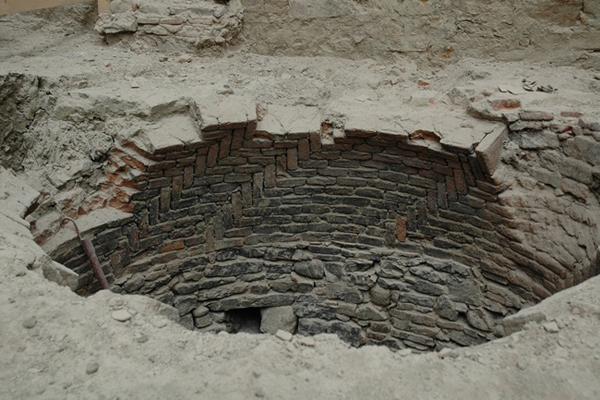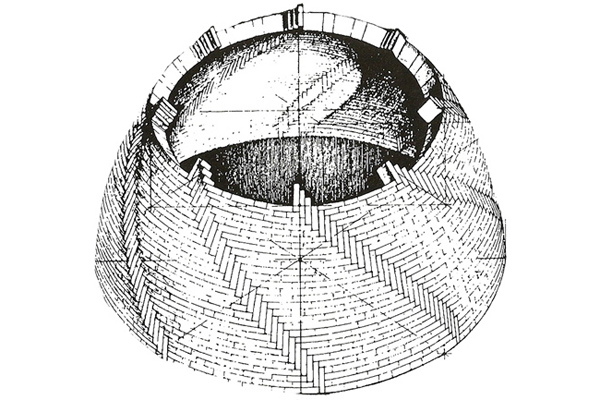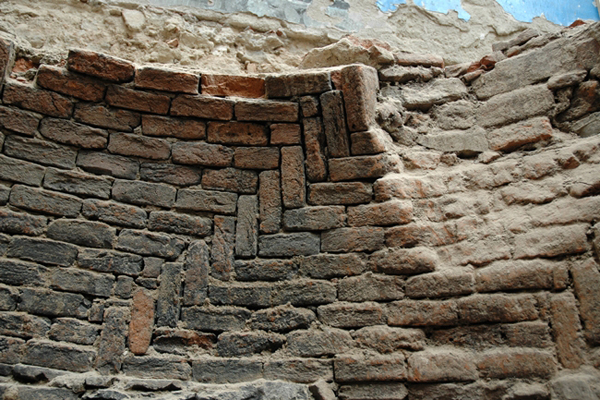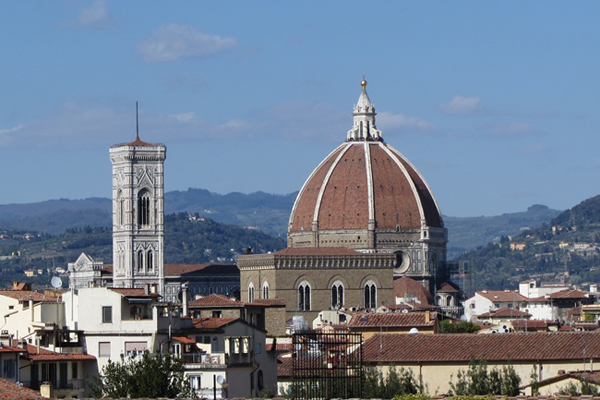Scale Model Discovered for Florence Cathedral

Italian archaeologists have unearthed the remains of a mini dome near Florence’s cathedral — evidence, they say, that the structure served as a scale model for the majestic structure designed by Filippo Brunelleschi (1377-1446).
Found during excavations to expand the Cathedral museum, the model measures 9 feet in circumference and it’s made of bricks arranged in a herringbone pattern.

“This building technique had been previously used in Persian domes, but Brunelleschi was the first to introduce it into Europe when he worked at the dome,” Francesco Gurrieri, professor of Restoration of Monuments at the University of Florence, told Discovery News.
“Although at the moment we cannot confirm the small dome was the demostration model for Brunelleschi’s plans, it did belong to the yard he created between 1420 and 1436, when he worked at one of the most incredible feats of engineering,” Gurrieri said.
One of the most instantly recognizable churches in the world, the dome of Santa Maria del Fiore is the highest and widest (143 feet in diameter) masonry dome in the world.
For centuries scholars have wondered how the Florentine architect could roof the huge octagonal of the Cathedral using not concrete and steel, but 25,000 tonnes of stone, timber and brick — and no scaffoldings.

Indeed Brunelleschi won the right to build the dome by saying that he wouldn’t need any internal scaffolding.
Sign up for the Live Science daily newsletter now
Get the world’s most fascinating discoveries delivered straight to your inbox.
He raised sandstone and marble slabs hundreds of feet into the air and boldly constructed the huge masonry bubble without relying on a centering wooden framework.
To do so, the Renaissance genius used complex techniques — still debated by experts — and inventive brickwork which included creating a new way of sharing the weight around the dome so that it wouldn’t collapse.
Laying the bricks in the herringbone pattern was a crucial aspect as it allowed the bricks to convey the forces downward along the curving of the dome.

“The small dome could be the first example of an herringbone pattern structure in Europe,” Gurrieri said.
Roberto Cecchi, the undersecretary of the Ministry of Cultural Heritage, agreed that the finding is important.
“The herringbone tecnique is very much linked to Brunelleschi and Florence. Outside the city we have only a couple of examples of this technique, and they date later to the 16th century,” Cecchi said.
Once it is fully excavated and restored, the mini dome will be permanently displayed at the new museum of the “Opera di Santa Maria del Fiore,” which is set to open in October 2015.
This story was provided by Discovery News.









